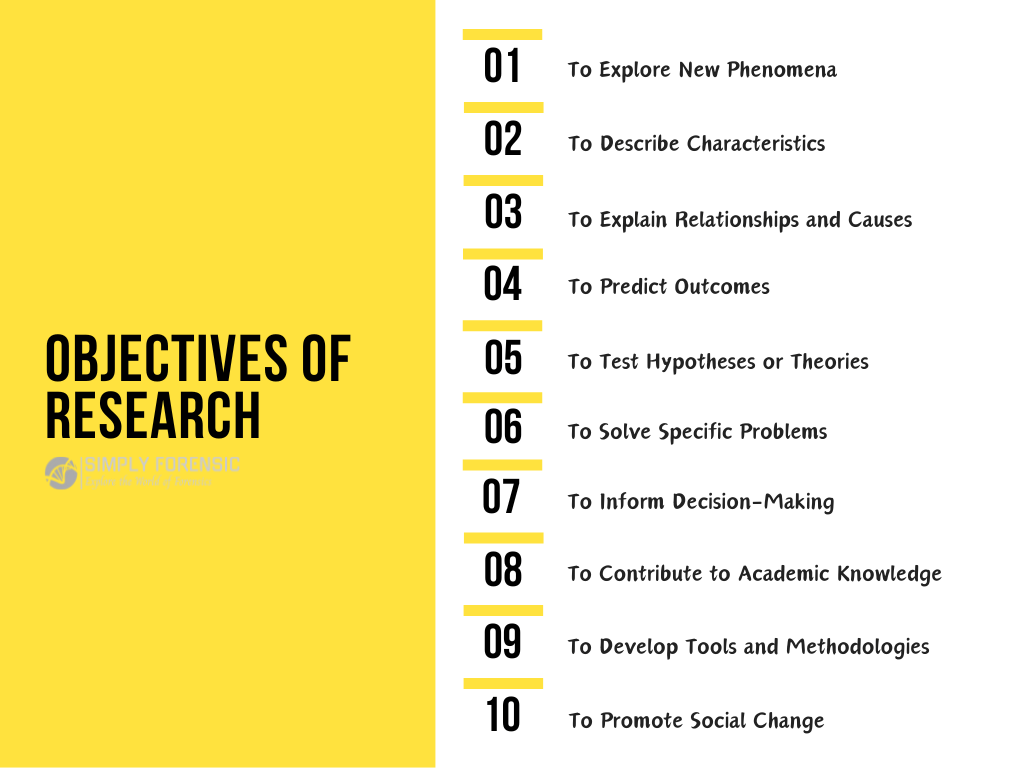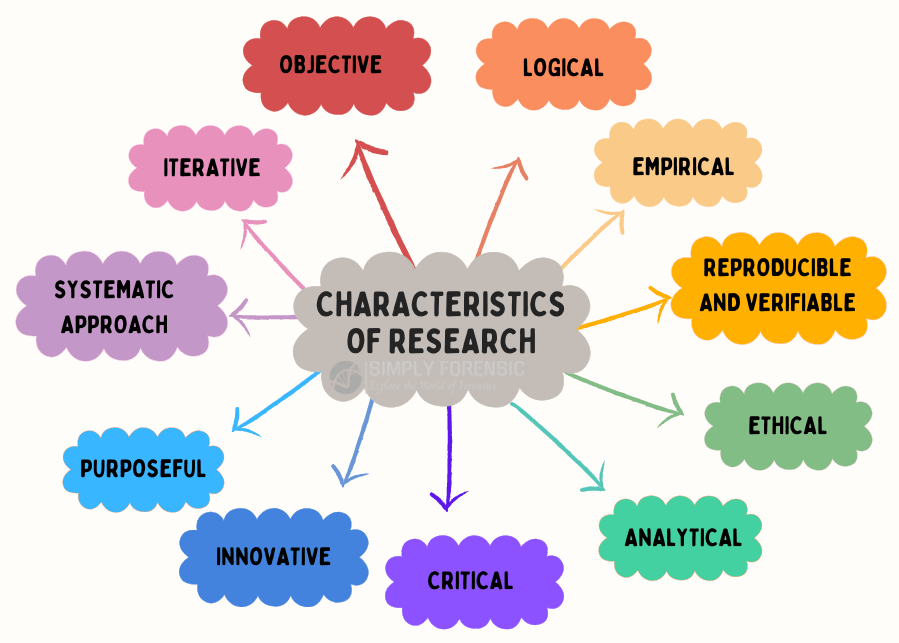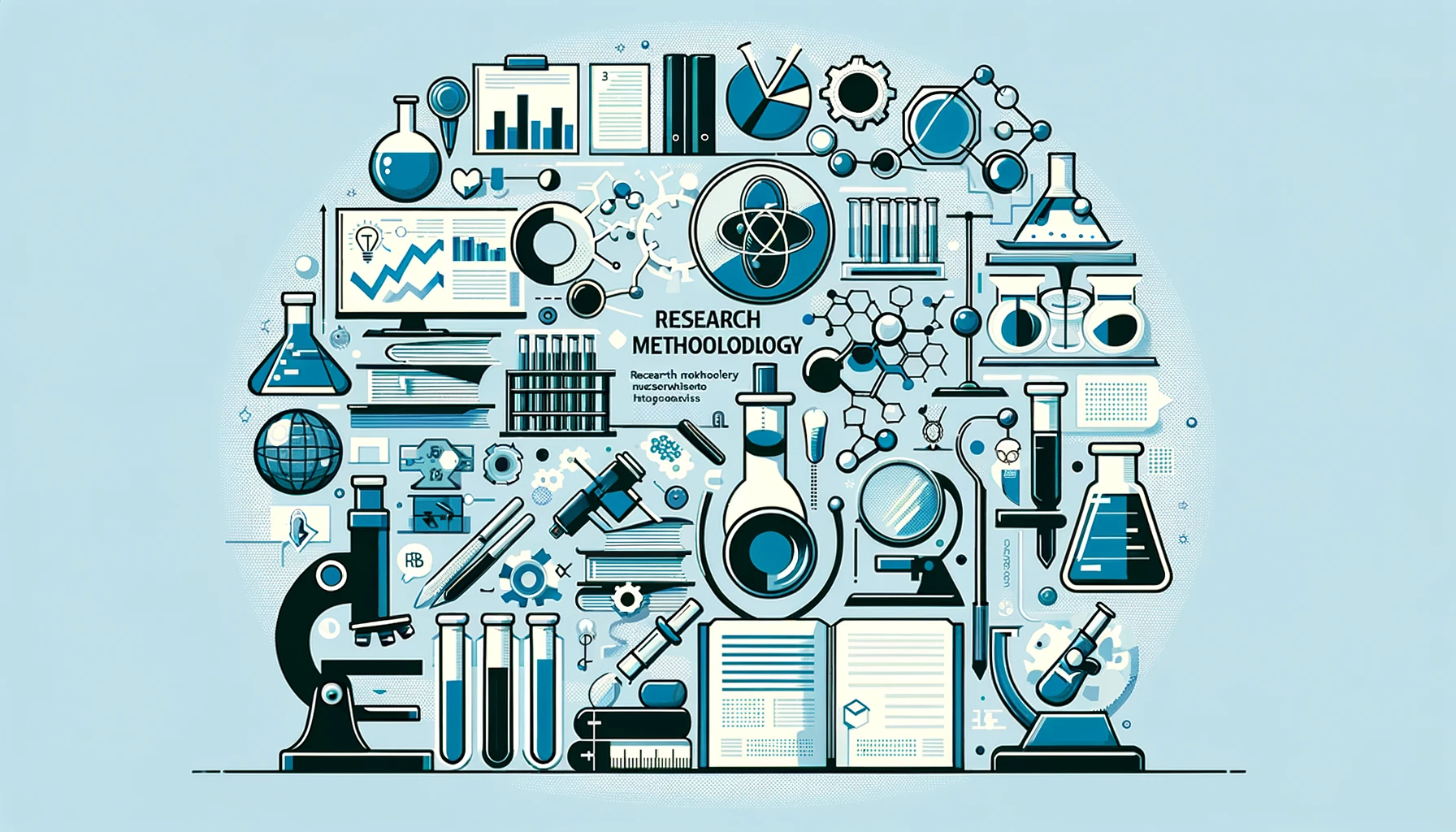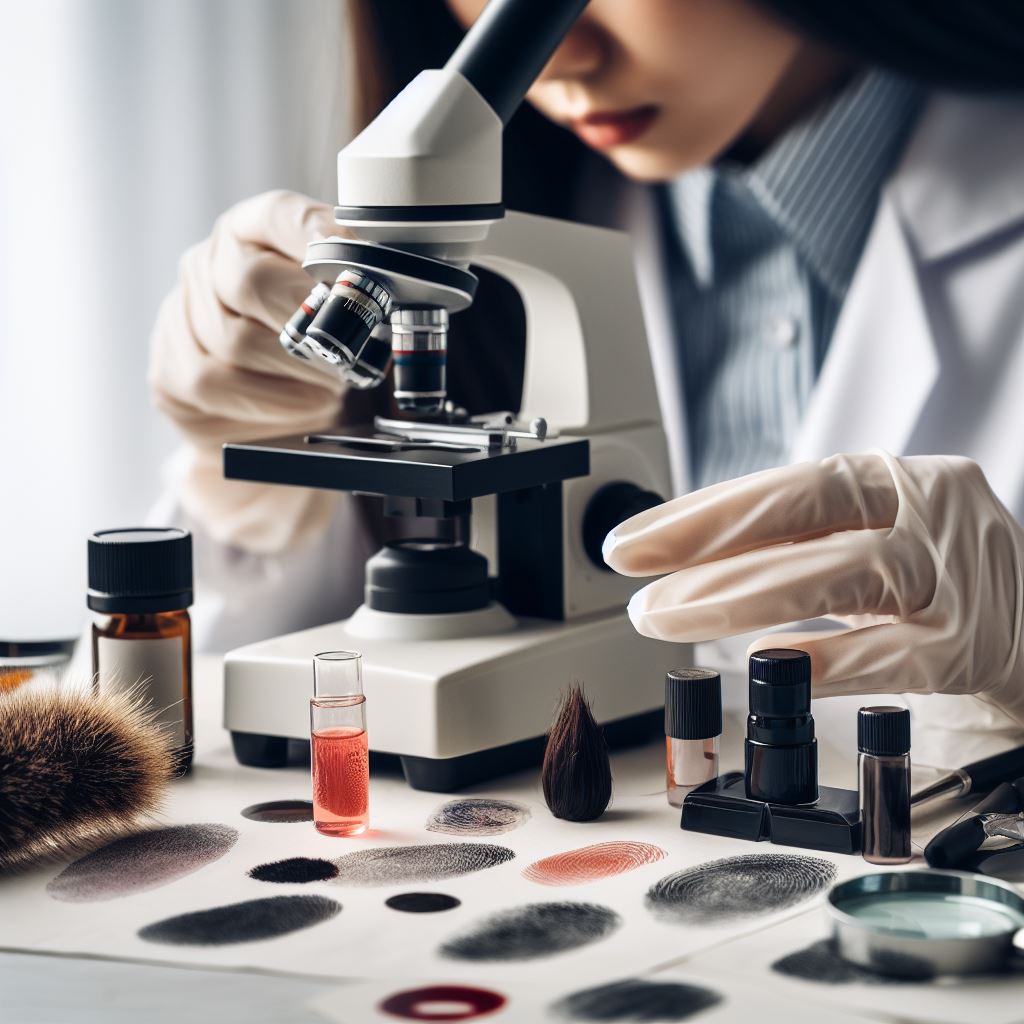Research refers to search for knowledge. Research is an organized, systematic, and structured process of investigating, exploring, and understanding information to increase knowledge or find answers to questions to solve specific problems. It involves collecting, analyzing, and interpreting data Information in analog or digital form that can be transmitted or processed. Read Full Definition to answer questions or test hypotheses with an objective, critical, and scientific approach. Research can be conducted in various fields, including the sciences, humanities, social sciences, and business, using qualitative, quantitative, or mixed methods to gather and examine evidence
Information in analog or digital form that can be transmitted or processed. Read Full Definition to answer questions or test hypotheses with an objective, critical, and scientific approach. Research can be conducted in various fields, including the sciences, humanities, social sciences, and business, using qualitative, quantitative, or mixed methods to gather and examine evidence Evidence is any form of proof, such as objects, materials, or scientific findings, presented to establish or disprove a fact in a legal proceeding. It is used to reconstruct events and link or exclude individuals Read Full Definition. Research aims to discover new information, validate existing theories, contribute to academic bodies of knowledge, and inform decision-making and policy development.
Evidence is any form of proof, such as objects, materials, or scientific findings, presented to establish or disprove a fact in a legal proceeding. It is used to reconstruct events and link or exclude individuals Read Full Definition. Research aims to discover new information, validate existing theories, contribute to academic bodies of knowledge, and inform decision-making and policy development.
Objectives of Research:
Research objectives serve as guiding principles for the systematic pursuit of knowledge. These objectives can vary depending on the field of study and the specific research question being addressed, but they typically include the following:

- To Explore New Phenomena: Discovering unknown aspects of a field, generating new ideas, or identifying research gaps that require further investigation.
- To Describe Characteristics: Providing detailed descriptions of the characteristics, behaviors, or qualities of a subject, population, or phenomenon to understand it better.
- To Explain Relationships and Causes: Understanding the relationships between variables and identifying cause-and-effect dynamics within a particular context or study.
- To Predict Outcomes: Forecasting future trends, behaviors, or outcomes based on the analysis of data collected through research.
- To Test Hypotheses or Theories: Evaluating the validity of existing theories or hypotheses to confirm or refute them, often through experimental or observational studies.
- To Solve Specific Problems: Addressing and providing solutions to practical or theoretical problems through research, contributing to the improvement of practices or policies.
- To Inform Decision-Making: Generating evidence-based insights and recommendations that can guide decision-making processes in various sectors, including business, healthcare, education, and policy.
- To Contribute to Academic Knowledge: Advancing academic disciplines by adding to their body of knowledge, often through the publication of research findings in scholarly journals.
- To Develop Tools and Methodologies: Creating new research instruments, procedures, or methodologies that facilitate the collection, analysis, or interpretation of data more effectively.
- To Promote Social Change: Conducting research that leads to social improvements, policy changes, or heightened awareness about critical issues affecting society.
By setting clear objectives, researchers can design their studies in a way that systematically and efficiently addresses the questions or challenges at hand, ensuring that their work contributes meaningfully to the broader body of knowledge and societal advancement.
What Are The Characteristics Of Research?
Research is distinguished by several key characteristics that ensure its effectiveness, credibility, and contribution to knowledge. These characteristics are fundamental across all disciplines and methodologies, providing a framework for conducting systematic inquiry. Here are some of the core characteristics of research:

- Systematic Approach: Research is conducted in a structured, step-by-step manner, following a sequence of procedures and methodologies designed to solve a research problem or test a hypothesis.
- Logical: It is based on rational and logical reasoning, applying scientific methods to ensure that the conclusions drawn from the research are valid and reliable.
- Empirical: Research relies on empirical evidence, which means it is based on observed and measured phenomena. It derives knowledge from actual experience rather than from theory or belief.
- Reproducible and Verifiable: The processes and findings of research can be reproduced and verified by other researchers, ensuring the reliability and validity of the results.
- Objective: Research is objective, aiming to provide unbiased information that is free from the researcher’s personal feelings or prejudices. Objectivity ensures that the study can be trusted by other parties.
- Analytical: Research is inherently analytical, requiring the careful analysis of data and information to derive meaningful conclusions and insights.
- Critical: It involves critical thinking and evaluation of all data and sources, questioning assumptions, and scrutinizing methodologies to ensure robustness.
- Innovative: Research seeks to contribute new knowledge or understanding to a field, often leading to innovation in theories, practices, or applications.
- Ethical: Ethical standards govern research to ensure the integrity of the research process and the protection of participants, including respecting privacy, ensuring consent, and maintaining honesty and transparency in reporting results.
- Purposeful: Research is conducted with a clear purpose or objective, whether it’s to explore new areas, describe phenomena, establish causality, or develop new tools or theories.
- Iterative: Research is an iterative process, where findings can lead to new questions or hypotheses, resulting in further investigation and exploration.
These characteristics underpin the credibility, reliability, and utility of research, enabling researchers to contribute valuable insights and knowledge to their respective fields.
What is a Research Method?
At its core, a research method is a structured process utilized to conduct research. This encompasses a series of procedures for collecting and analyzing data to answer specific research questions. Research methods are pivotal in generating credible and reliable findings, distinguishing mere speculation from evidence-based conclusions.
Diverse Paths of Inquiry: Types of Research Methods
The selection of a research method is pivotal, shaping the direction and scope of the investigation. The primary categories include:
- Primary Research: The cornerstone of original inquiry, primary research involves the direct collection of data from sources through surveys, experiments, interviews, and observations. It is the front-line source of new data, untouched and unfiltered by previous analyses.
- Secondary Research: This method leverages existing data, drawing upon previously conducted studies, reports, and analyses to gather information. Secondary research serves as a foundation, offering a backdrop against which new insights can be compared or contrasted.
- Qualitative Research: With a focus on understanding the “why” and “how,” qualitative research delves into the depths of human behavior, motivations, and experiences. Through interviews, focus groups, and ethnographic studies, it seeks to unravel the complexities of social phenomena.
- Quantitative Research: Quantitative research quantifies variables, employing statistical methods to explore relationships, patterns, and predictions. It is characterized by its use of structured surveys and experiments to collect measurable, numerical data.
- Mixed Methods: A holistic approach that combines the depth of qualitative insights with the breadth of quantitative data. Mixed methods research offers a comprehensive perspective, bridging the gap between numerical analysis and narrative understanding.
- Descriptive Research: This observational method aims to accurately describe phenomena or populations without necessarily establishing cause-and-effect relationships. It is foundational for mapping out the landscape of a research problem.
- Experimental Research: The hallmark of scientific inquiry, experimental research systematically manipulates one or more variables to observe their effect on others. It is the gold standard for determining causality within controlled environments.
- Market Research: A specialized form of research focused on understanding consumer behaviors, preferences, and trends. Market research is indispensable for businesses and organizations looking to align their offerings with customer needs.












